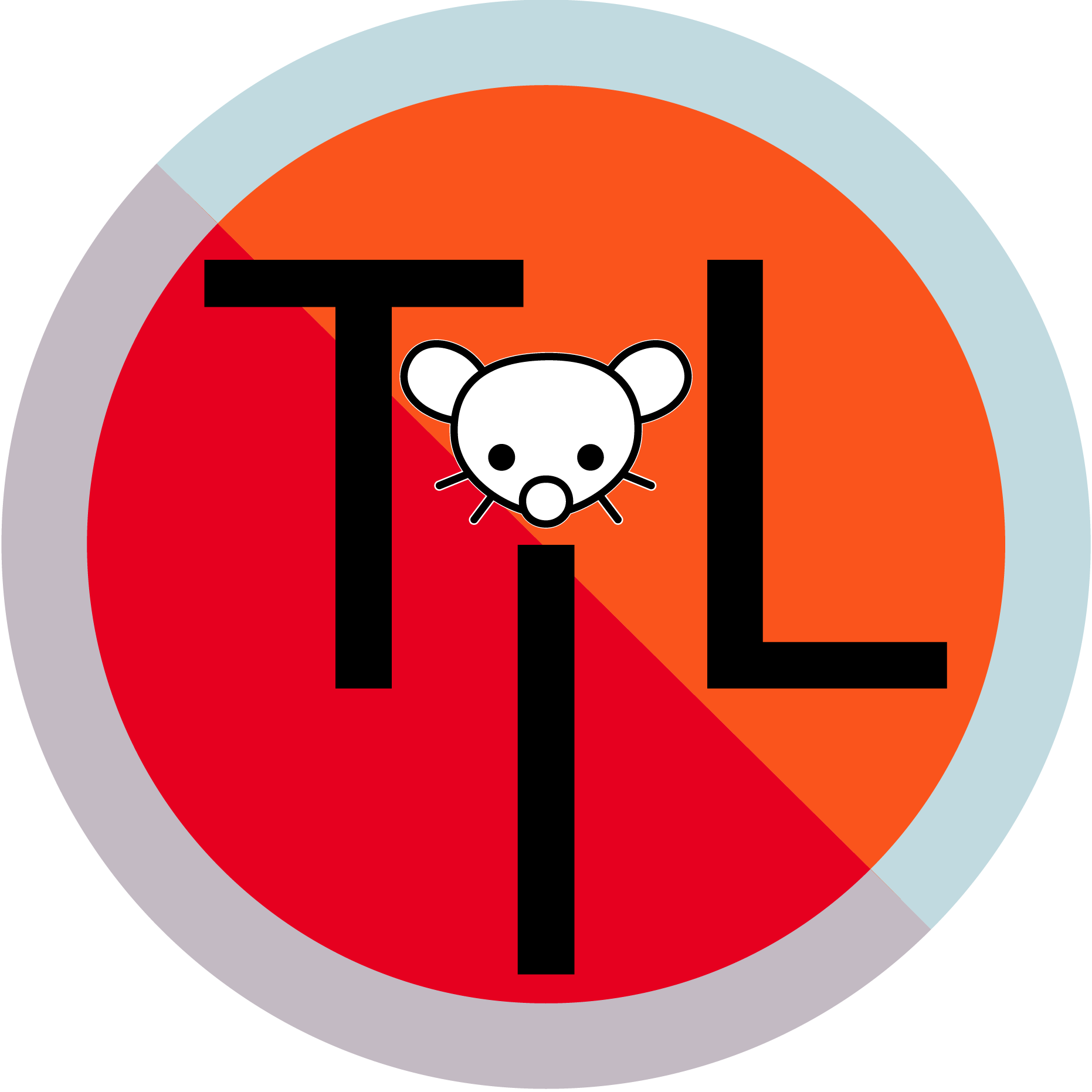During the trial it was revealed that McDonald’s knew that heating their coffee to this temperature would be dangerous, but they did it anyways because it would save them money. When you serve coffee that is too hot to drink, it will take much longer for a person to drink their coffee, which means that McDonald’s will not have to give out as many free refills of coffee. This policy by the fast food chain is the reason the jury awarded $2.7 million dollars in punitive damages in the McDonald’s hot coffee case. Punitive damages are meant to punish the defendant for their inappropriate business practice.


I’ll give you another angle. I’m familiar with safety hazard analysis in industrial settings – HAZOPs and LOPAs, if you’ve heard of them. By our guidelines, this event would be a significant violation. This would be considered giving a disability to a member of the public, which ranks as either the highest severity or second highest severity incident possible (varies depending on the risk matrix in question).
Considering the liquid can cause severe burns in 2 seconds, was served without a lid, and was given to someone in a moving vehicle, the likelihood of this incident would be incredibly high. Taken together, an industrial analysis would call for at least 3 independent layers of protection to prevent the incident from occuring, where each layer reduces the likelihood of the event by a factor of 10. There are no protections or safeguards in this situation.
Mitigating this risk would be incredibly high priority. It’s at the point where you might shut down, i.e. stop serving coffee, until you have robust protections in place. I can’t stress enough that what McDonald’s was doing is riskier than you’ll see in industrial plants.